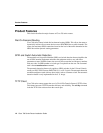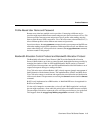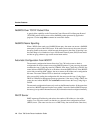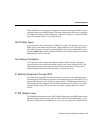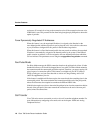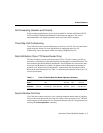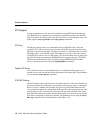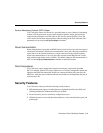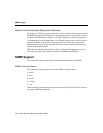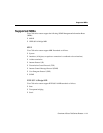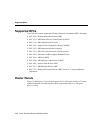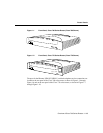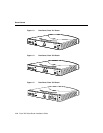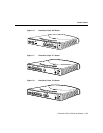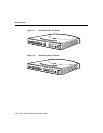
1-6 Cisco 700 Series Router Installation Guide
Product Features
again every 30 seconds for as long as theconnection exists. If the connection does not exist,
no RIP data is sent. This prevents the line from being brought up by RIP packets where the
update is periodic.
Force Dynamically Negotiated IP Addresses
When this feature is on, the negotiated IP address is assigned to the Standard or the
user-defined profile (whichever profile is used to place the call). It also tells the software to
try any IP address configured for this profile in the IP address negotiation.
When this feature is off and the internal profile does not contain an address, the negotiated
IP address is automatically assigned to the Internal profile by the system. If the Internal
profile contains an address, it will be assigned to the user-defined profile from which the
call was initiated. The parameters are set using the set ppp address negotiation command.
Fee Pulse Mode
Fee Pulse Mode manages the ISDN connection based on the paid periods of time. If other
thresholds indicate a call should be dropped due to low traffic, Fee Pulse Mode maintains
the connection until the current paid period has expired. Therefore, you are not paying full
price for part of a connection period. This feature is available only for NET3 (same as
ETSI) switch types, and you must subscribe to Advice of Charge-During Active Call
(AOC-D) supplementary service.
If the feature is enabled and idle time expires, the router checks the remaining time in the
current paid period. The router maintains the connection until the end of the paid period,
minus the disconnect time required to terminate the PPP and ISDN links.
If the idletime expires too closeto the end of thepaid period to close theconnections before
the end of the paid period, the router extends the connection to the end of the next paid
period, minus disconnect time.
Call Transfer
Cisco 700 series routers can transfer an active voice call to another telephone number. For
more information on configuring call transfer, refer to the chapter “ISDN and Analog
Telephone Devices.”




